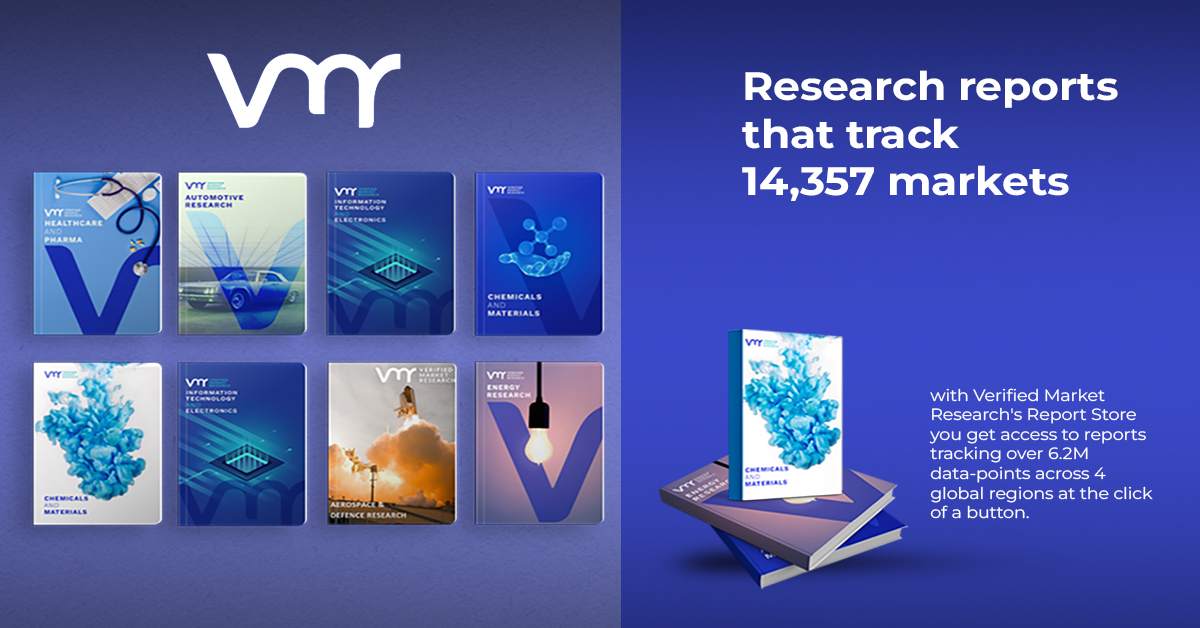Concrete Superplasticizer Market: Recent Trends, Developments, and Forecasts for 2024-2029
The global concrete superplasticizer market has been experiencing significant growth, driven by increasing urbanization, technological advancements in construction, and growing environmental awareness. Superplasticizers, also known as high-range water reducers, play a crucial role in modern construction by enhancing the flow properties of concrete while reducing water content. This article delves into the latest key developments shaping this dynamic market, highlighting trends, opportunities, and challenges.
Overview of the Concrete Superplasticizer Market
Concrete superplasticizers are widely used to improve the workability of concrete without adding excessive water. This reduces water content while maintaining fluidity, thereby enhancing strength, durability, and resistance to environmental factors. The market for superplasticizers is segmented into various types, including polycarboxylates (PC), sulfonated naphthalene formaldehyde (SNF), sulfonated melamine formaldehyde (SMF), and modified lignosulfonates (MLS). Among these, polycarboxylates are the fastest-growing segment due to their superior water-reducing capabilities and ability to deliver high-performance concrete.
Market Growth and Opportunities
The concrete superplasticizer market is projected to grow at a robust compound annual growth rate (CAGR) of 10.5% between 2024 and 2029, reaching an estimated value of $15.69 billion by 2029. This growth is largely fueled by infrastructure development projects across Asia-Pacific, North America, Europe, and the Middle East. Countries such as China and India are leading the demand, as rapid urbanization and population growth are driving extensive construction of residential and commercial buildings, roads, and bridges.
In North America and Europe, the construction sector is shifting towards more sustainable and efficient materials, further boosting the demand for superplasticizers. For example, the U.S. has seen a significant increase in the adoption of ready-mix concrete (RMC) over traditional site-based concrete mixing, which benefits from the addition of superplasticizers for enhanced durability and reduced environmental impact. Meanwhile, the Middle East is focusing heavily on building resilient infrastructure, with mega-projects such as Saudi Arabia’s Neom city fueling demand.
Key Industry Players and Competitive Landscape
Leading companies in the concrete superplasticizer market include BASF SE, Sika AG, Mapei SPA, and Arkema. These key players are heavily investing in research and development to introduce innovative superplasticizer formulations that offer improved performance at lower dosages. Additionally, mergers and acquisitions are shaping the competitive landscape. For instance, BASF SE recently expanded its production capacity for superplasticizers in response to growing demand in the Asia-Pacific region.
Recent trends also suggest a rising focus on environmentally friendly solutions. Companies are launching new superplasticizers that reduce the carbon footprint of concrete by minimizing cement usage and water consumption. Such innovations align with the global push for sustainability in construction, opening up new opportunities for growth in the eco-friendly building materials sector.
Challenges Facing the Concrete Superplasticizer Market
Despite the optimistic outlook, the concrete superplasticizer market faces several challenges. The high cost of polycarboxylate-based superplasticizers can deter their widespread adoption in cost-sensitive markets. Additionally, fluctuating raw material prices, especially petrochemical-based ingredients used in superplasticizer production, pose a threat to market stability. Furthermore, the industry must navigate the complexities of regulatory frameworks across different regions, particularly concerning environmental standards and safety protocols.
Another challenge lies in the conservative approach of some construction companies, especially in developing regions, where traditional methods and materials are still favored. Education and awareness about the long-term benefits of using superplasticizers are crucial to overcoming these barriers.
Emerging Trends in the Concrete Superplasticizer Market
- Increased Adoption of Ready-Mix Concrete: Ready-mix concrete is gaining popularity across the globe, especially in urban areas where space and labor constraints make site-based mixing inefficient. The use of superplasticizers in RMC enhances its transportability, workability, and performance, making it the preferred choice for large-scale construction projects.
- Sustainability Initiatives: With the growing emphasis on reducing the carbon footprint of construction, superplasticizers are being formulated to reduce the amount of cement and water required in concrete mixtures. This not only lowers production costs but also aligns with global sustainability goals. The rise of green buildings and eco-friendly construction practices is expected to further boost the demand for superplasticizers.
- Technological Advancements: Innovations in superplasticizer formulations are making concrete more durable, resilient, and environmentally friendly. For instance, the development of nano-modified superplasticizers is enhancing the mechanical properties of concrete, such as its compressive strength and resistance to environmental degradation.
- Rising Demand in Emerging Economies: Emerging markets, particularly in Asia-Pacific and the Middle East, are experiencing rapid growth in infrastructure development, driving demand for high-performance building materials. The construction boom in countries like China, India, and Saudi Arabia is a key factor behind the expanding market for superplasticizers.
Looking ahead, the concrete superplasticizer market is expected to witness continuous growth, driven by ongoing urbanization, infrastructure projects, and the demand for high-performance concrete. The Asia-Pacific region will remain the largest market, with China leading in both production and consumption. North America and Europe will also see steady growth, particularly as green building initiatives gain traction and governments push for more sustainable construction practices.
The future of the market will also be shaped by technological advancements, such as the integration of artificial intelligence (AI) and machine learning (ML) in construction. These technologies are enabling more precise formulations of concrete mixtures, optimizing the use of superplasticizers, and improving the overall efficiency of construction processes.
While challenges such as cost and regulatory compliance remain, the concrete superplasticizer market is poised for significant expansion in the coming years. Companies that invest in innovation, sustainability, and strategic partnerships will be well-positioned to capitalize on the opportunities presented by this dynamic and growing industry.










